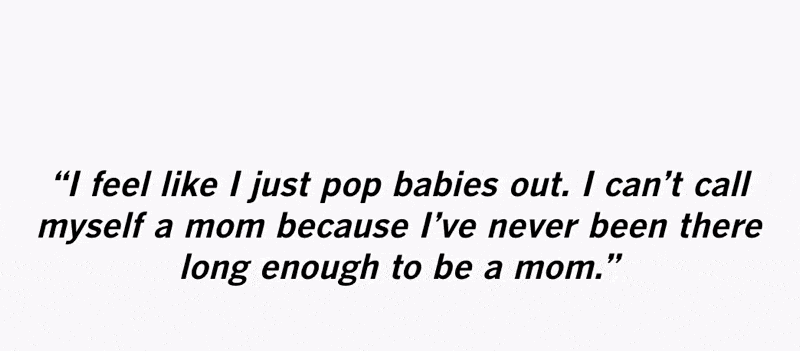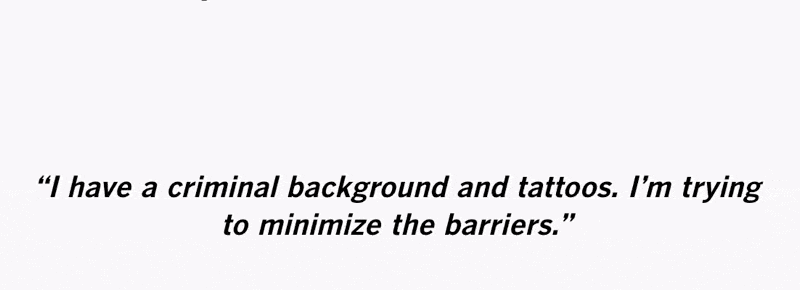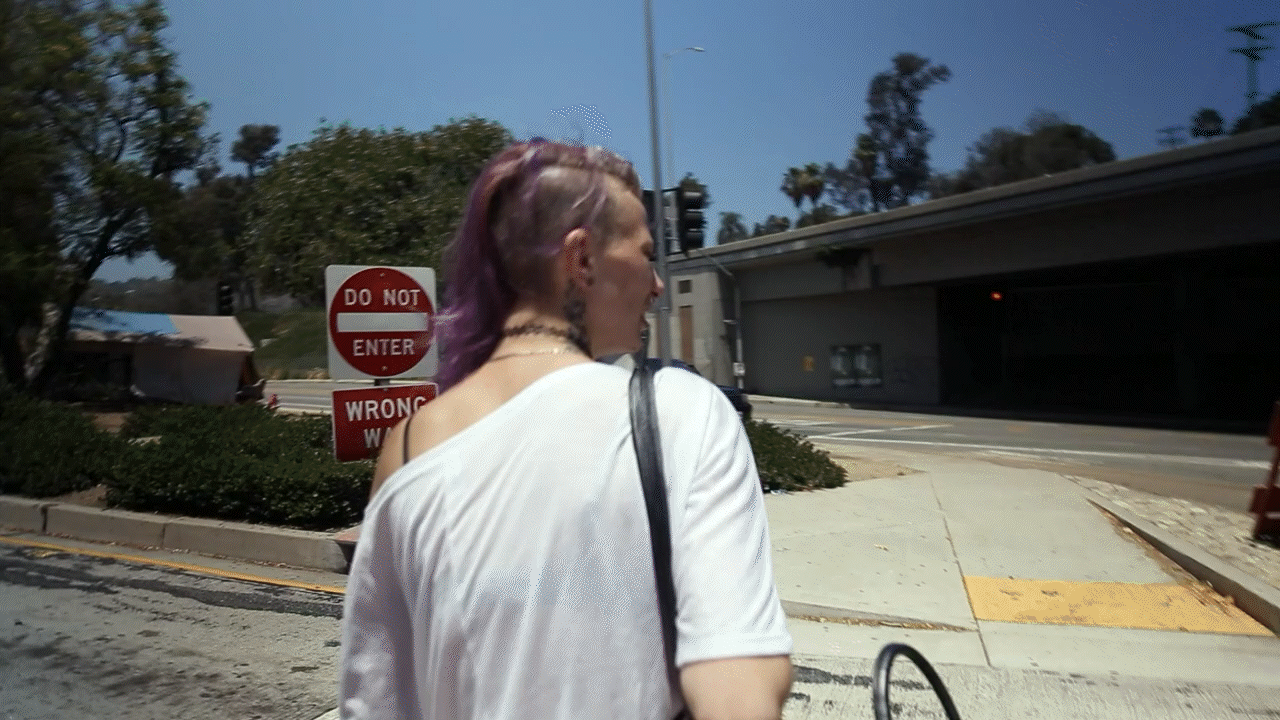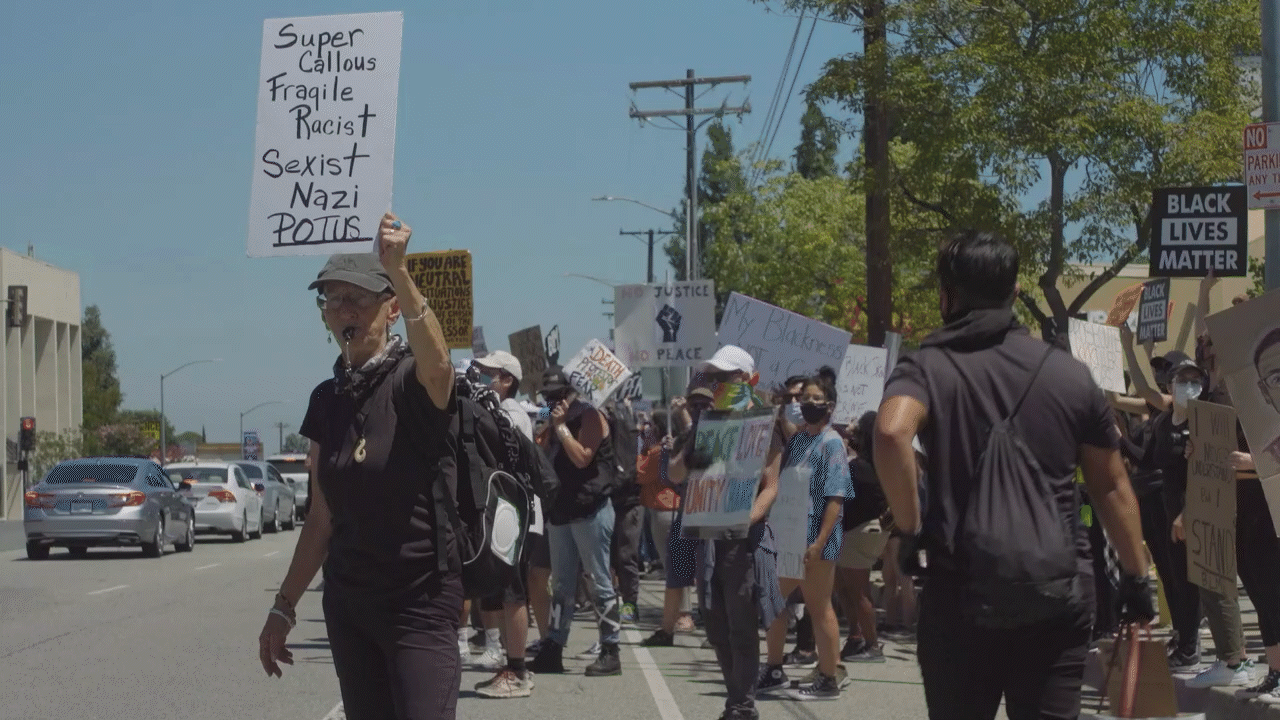THE GOAL
To tell the deeply personal and human stories of three women navigating motherhood, addiction, homelessness, and trauma on the streets above the Hollywood Freeway. By focusing on Mckenzie, a young woman in recovery; Cat, her nomadic mother; and Leslie, a social worker with a shared history of instability, the project aimed to illuminate the interconnected crises of intergenerational poverty, foster care, mental health, and housing insecurity through an intimate lens.
HOW?
What began as a story pitch about pregnant women experiencing homelessness evolved into a years-long, immersive reporting project led by Los Angeles Times journalists Claire Hannah Collins, Christina House, and Gale Holland.
The team met Mckenzie after her mother, Cat, contacted the Times during a crisis involving a law enforcement sweep. Reporters gained rare access to life in and around Hollywood’s tent encampments and followed Mckenzie through key moments—from her first ultrasound to her daughter’s birth and into transitional housing.
They built a relationship based on trust, prioritizing autonomy and respect while documenting daily joys, challenges, and turning points.The team also followed Cat’s nomadic travels and Leslie’s efforts to rebuild her life after addiction. Court records, historical documents, interviews, and social media were used to piece together the family’s multi-generational struggles with poverty and trauma.















RESULTS
The resulting work captures a raw, unflinching portrait of resilience, loss, and survival.
Mckenzie’s story took a heartbreaking turn when her daughter was swiftly removed into foster care—an event the team witnessed from the margins.
Their reporting continued through crises, relocations, the death of Mckenzie’s partner, and the pandemic, offering a rare longitudinal look at life after the headlines fade.
By embedding with their subjects and bearing witness to both the beauty and brutality of their experiences, the team humanized the crisis of homelessness and maternal vulnerability—reminding readers that systemic solutions must center the voices of those directly impacted.





